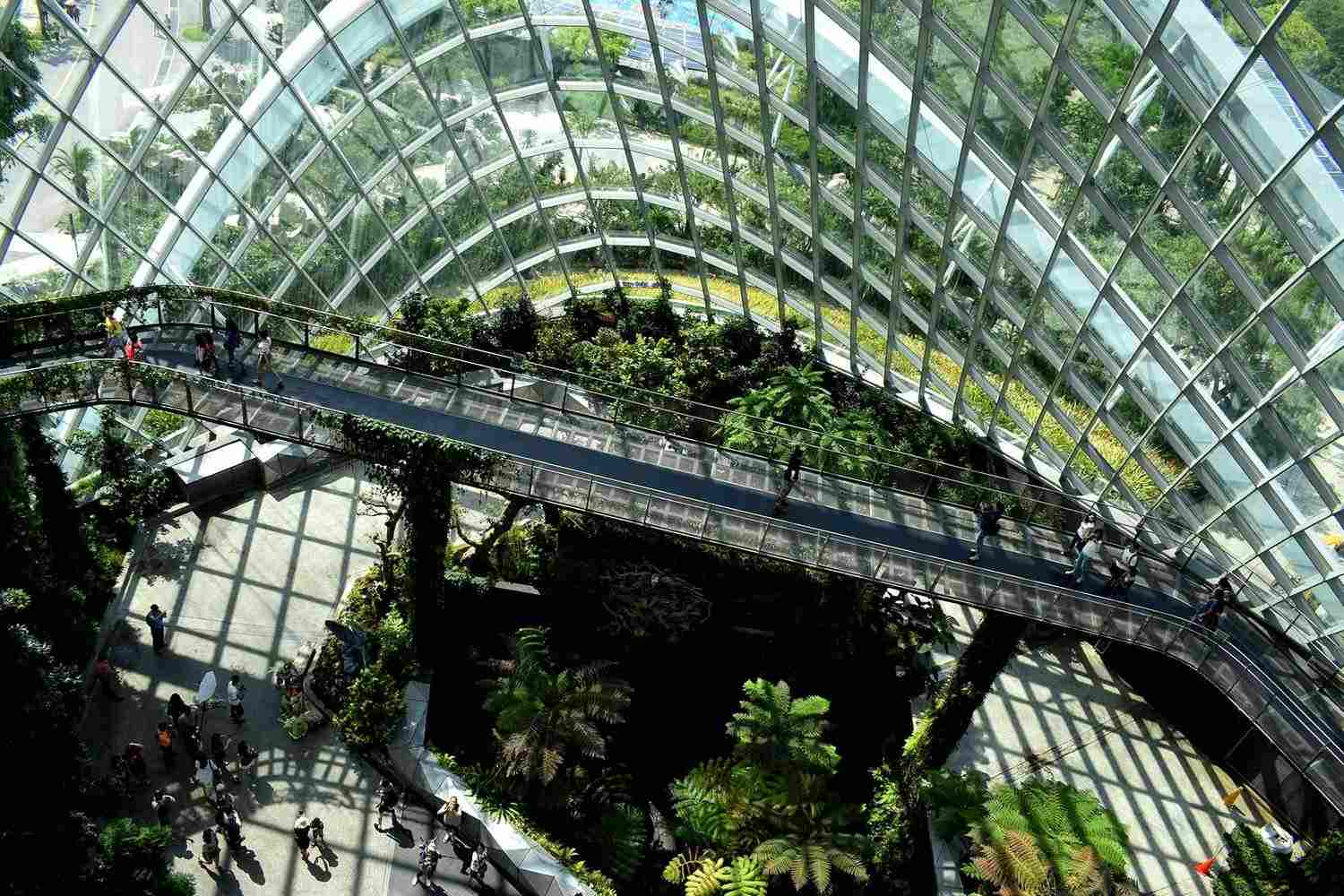
These eco-initiatives make our cities more climate-friendly
From inner-city farming to edible exteriors.
15 March 2021
More than half of all people have Cities located. However, the countries' metropolitan areas are also the world's biggest energy consumers and polluters. A climate-friendly future and limiting global warming cannot be achieved without their contribution. But fortunately, many places have already developed forward-looking urban initiatives that contribute to a better life.
The floating village, Amsterdam
The Dutch have turned the capital's industrial area into a floating village. The circular community of Space & Matter consists of a system separate from the city, which supplies 26 floating houses. The small village is located directly on the water and represents a completely sustainable urban district. This project shows a model solution for how a city struggling with rising sea levels due to climate change can develop.
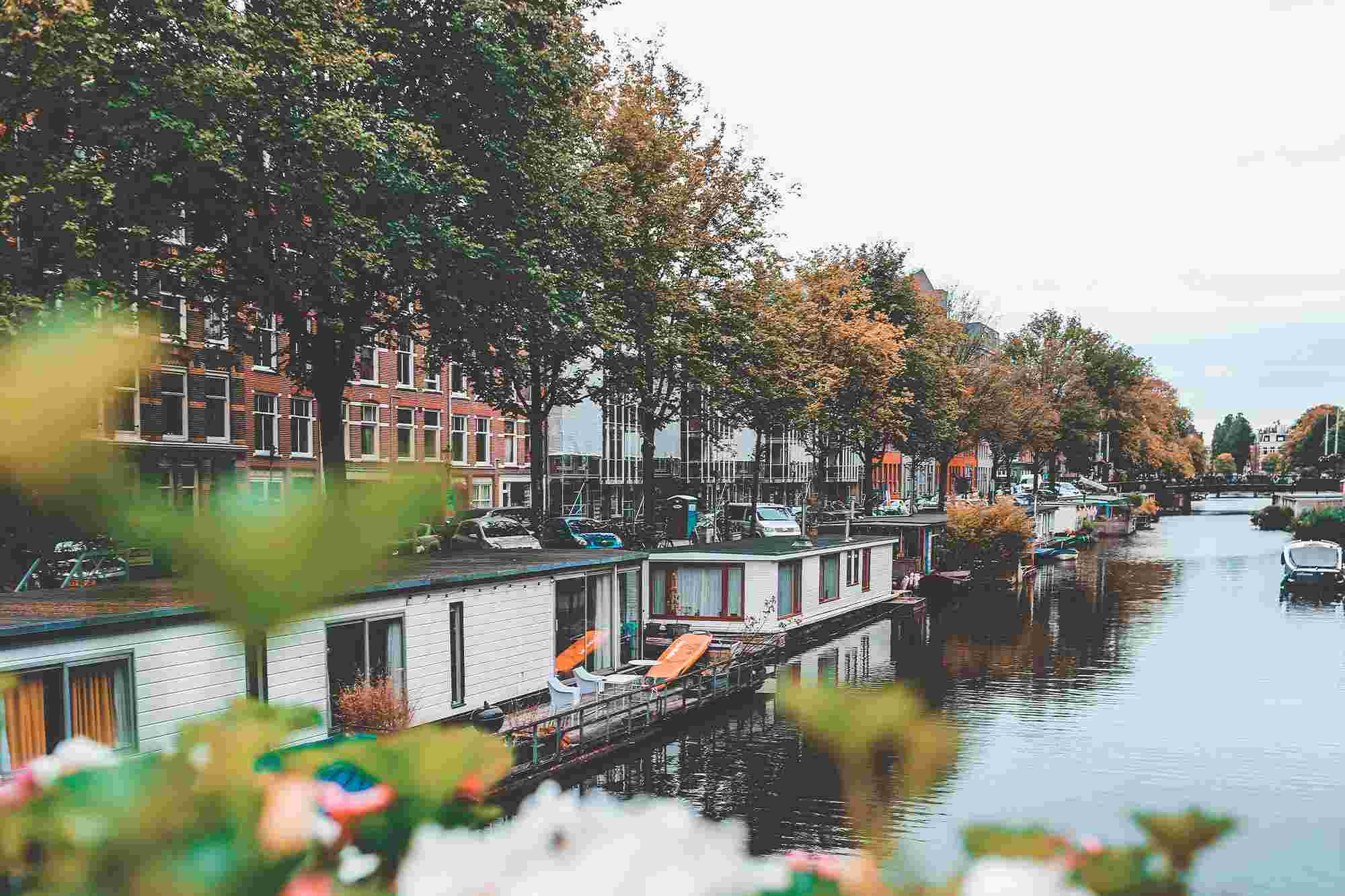
The green miracle power plant, Copenhagen
CopenHill is an example of visionary architecture. The power plant converts waste into energy and can thus supply Denmark's capital with sustainable electricity. But that's not all: while turbines produce clean energy from the waste, the building's green roof can be used for recreation. This design shows how future-oriented structures can combine far-reaching social and ecological solutions even in densely populated areas.
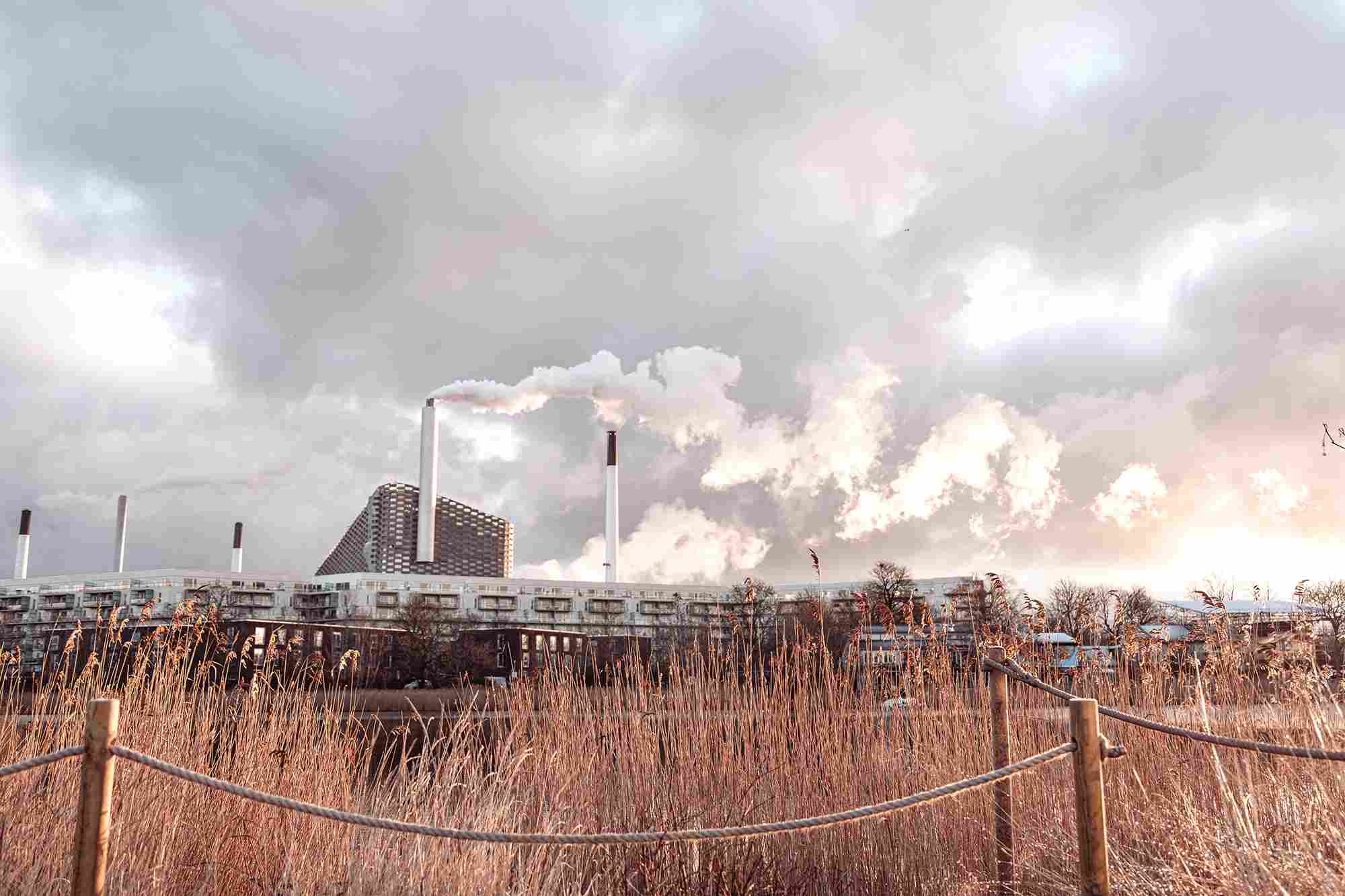
Inner city agriculture, Detroit
North of Michigan's capital, a three-acre farm was purchased by the urban farming Initiative realized. Already in 2002, this place was founded by the non-profit organization, which is still looked after exclusively by volunteers. Farming is used as a respected source of food and conveys a sense of cohesion among the inhabitants. The program is a model for green coexistence.
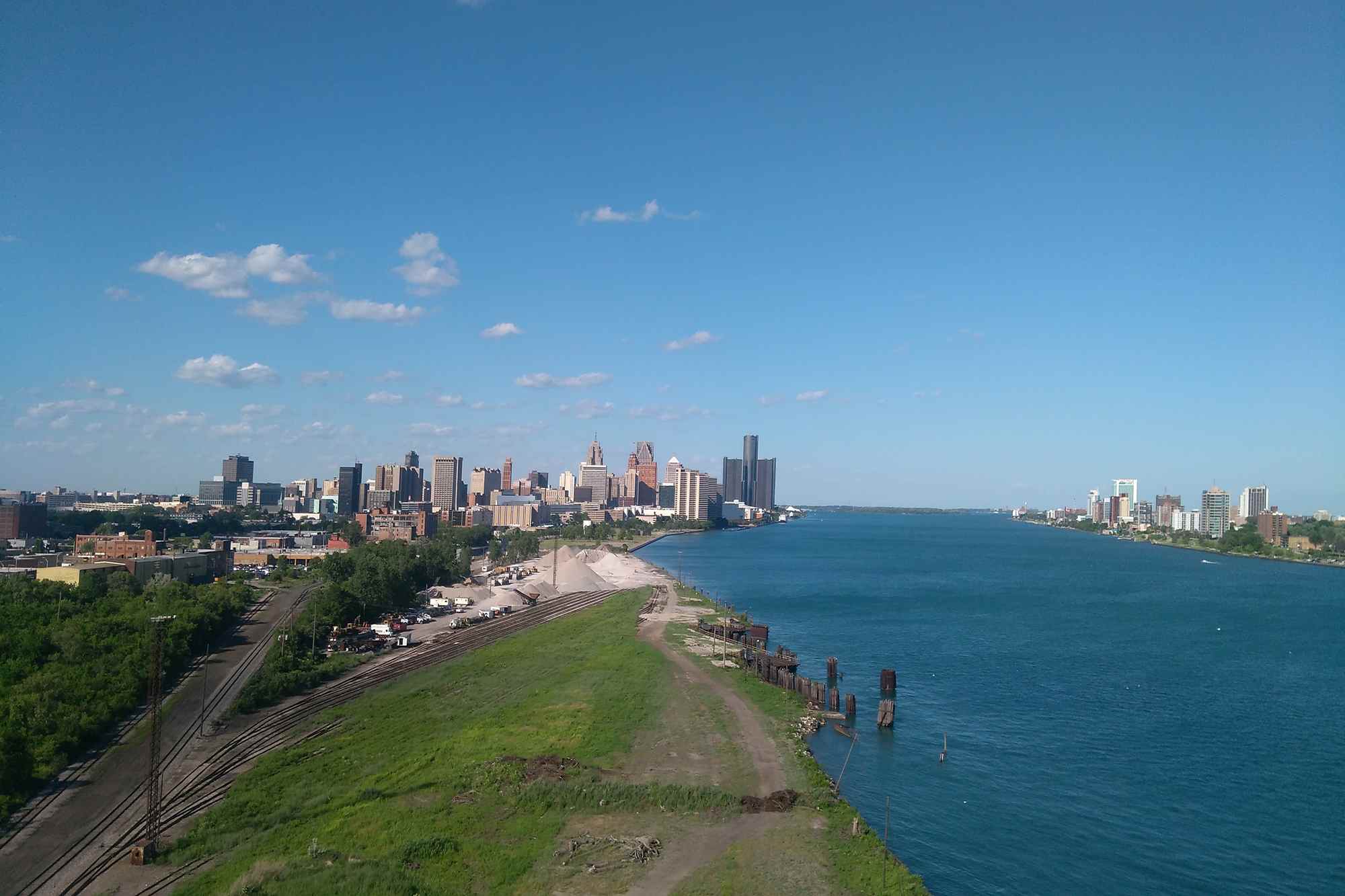
Biological skyscraper, Singapore
A building complex combining sustainable residential, commercial and lifestyle activities was opened in the megacity in 2018. The total area of around 400,000 square meters Marina One was built on sand because of the lack of space in Singapore. There are a total of 160,000 plants and trees on and around the skyscraper. Marina One is a prime example of "green living", showing how inner-city architecture can be designed to be climate-neutral and thus benefit people and nature.
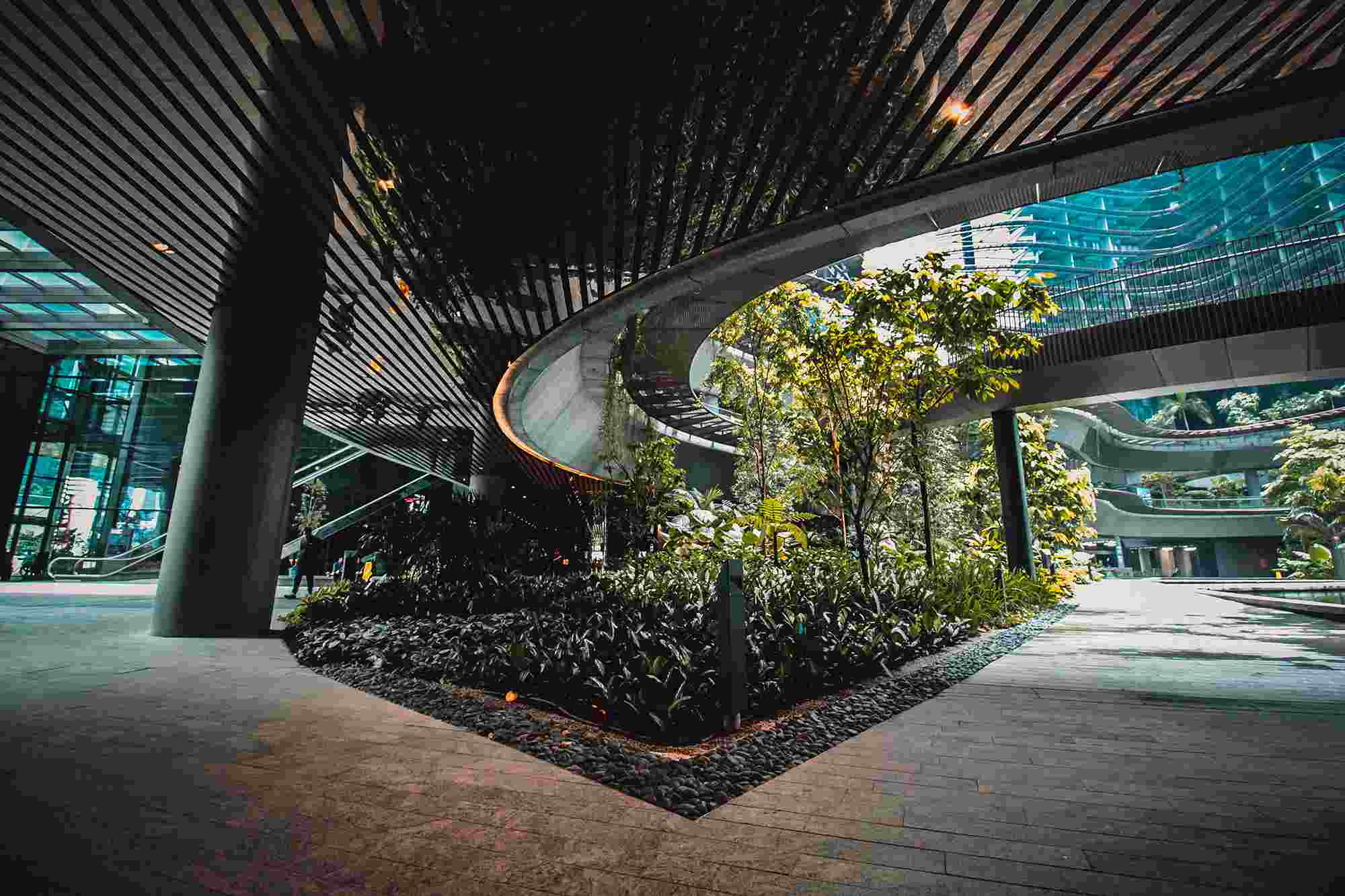
Edible Exterior, Vietnam
Vietnam's rapid urbanization has led to an imbalance of nature and pollution. To keep the balance, architects have covered the exterior walls of an office building with plants. This precious greenery is not only a way to filter and purify the air, but also helps with air conditioning. In addition, rainwater that is cleverly collected for irrigation is simultaneously used for grown vegetables. This is immediately used by the residents for consumption.
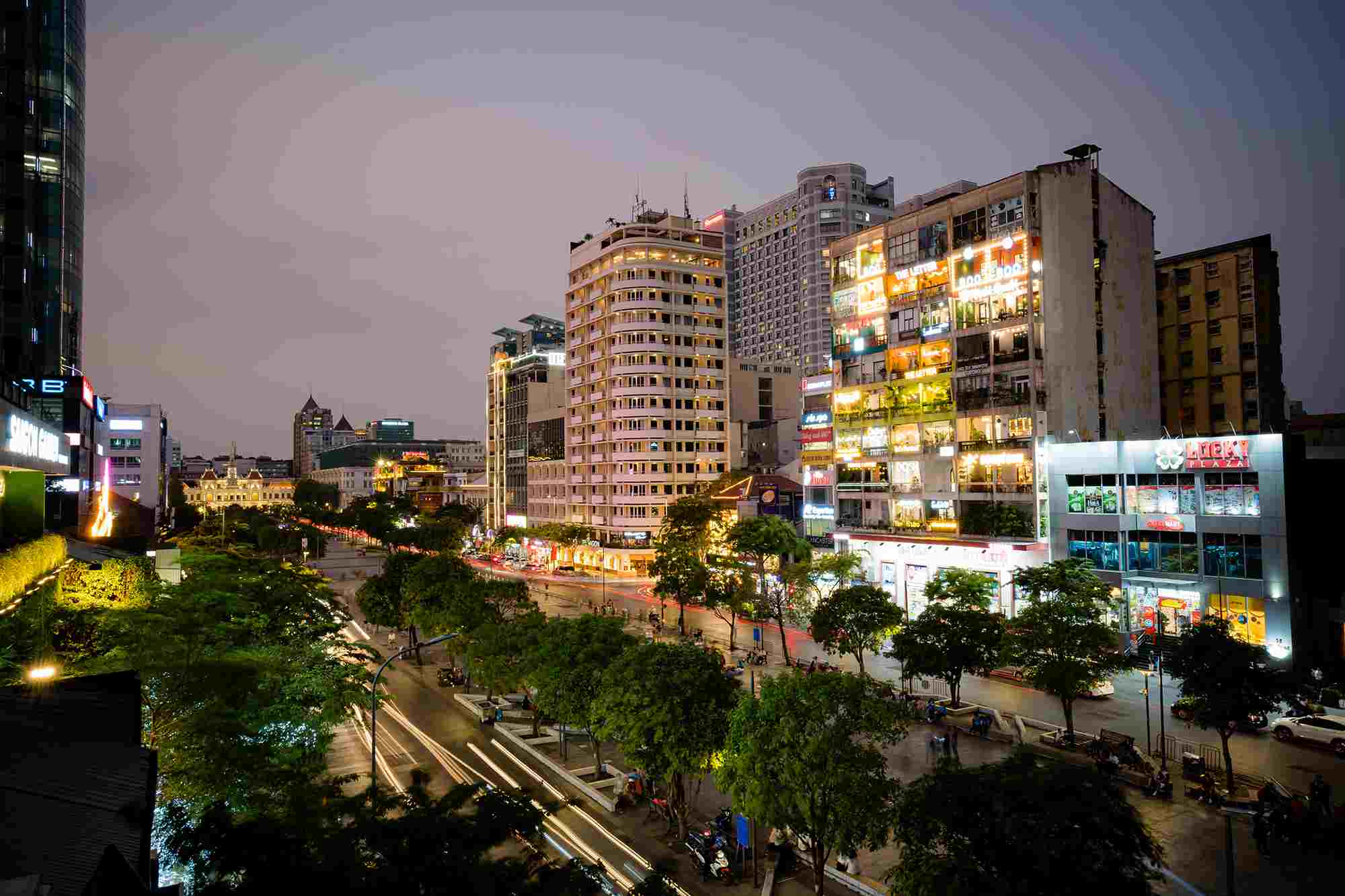
Photo Credits: Nastya Dulhiier/Unsplash, Alexis Mette/Unsplash, Francois Le Nguyen/Unsplash, Paula Prekopova/Unsplash, Thijs Kennis/Unsplash, Lily Banse/Unsplash

